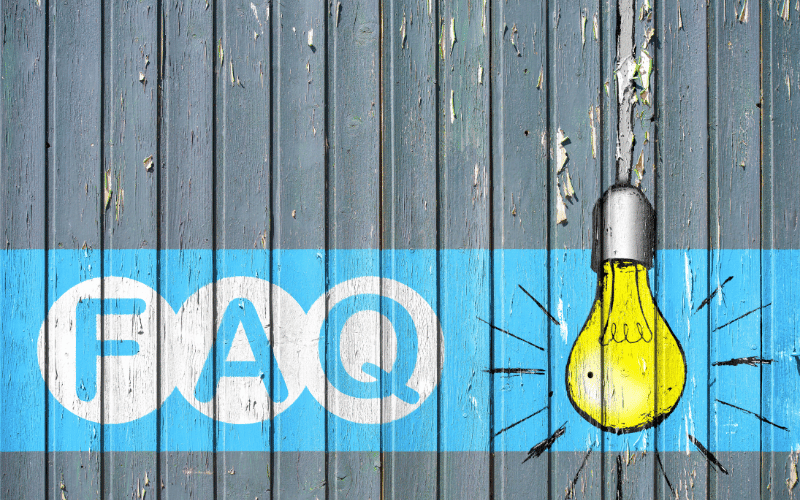Frequently Asked Questions about Waldenstrom Macroglobulinemia

1. What causes Waldenstrom Macroglobulinemia?
Waldenstrom Macroglobulinemia (WM) is a type of non-Hodgkin lymphoma. Its exact cause remains unclear. However, genetic mutations have been identified in many patients with WM, suggesting a possible genetic link. Some studies also point to certain environmental factors, previous viral infections, or exposure to specific chemicals, but a direct causative link hasn’t been conclusively established.
2. s Waldenstrom Macroglobulinemia hereditary?
While WM itself isn’t directly inherited, there seems to be a familial predisposition in some cases. In other words, if a family member has WM or another B-cell disorder, there may be a slightly elevated risk for others in the family. However, most cases of WM appear without any known family history of the disease.
3. How is Waldenstrom Macroglobulinemia different from other types of lymphoma?
WM is distinct primarily because of the presence of high levels of a specific protein, called IgM, in the blood. This protein can lead to many of the symptoms of WM, such as vision problems, headaches, and neuropathy. Moreover, WM tends to affect older adults and progresses more slowly compared to many other lymphomas.
4. What treatment options are available for Waldenstrom Macroglobulinemia?
Treatment for WM typically depends on the severity of symptoms. Some individuals with minimal symptoms might not require treatment right away. When treatment is necessary, it may include chemotherapy, targeted therapy drugs, immunotherapy, or a combination of these. Plasma exchange might also be recommended to remove excess IgM from the blood.
5. Can Waldenstrom Macroglobulinemia be cured?
While WM is treatable, it’s considered a chronic disease. This means that even with treatment, it’s possible for the disease to return. However, many patients can manage their symptoms effectively with treatment and lead a full, active life. The focus is often on achieving long periods of remission and managing symptoms when they arise.
Conclusion: Looking Beyond the Symptoms of Waldenstrom Macroglobulinemia
Waldenstrom Macroglobulinemia, with its array of symptoms and impacts on daily life, remains one of the less common but deeply complex non-Hodgkin lymphomas. As we’ve explored, its signs can range from general fatigue to more targeted issues like nerve damage and abdominal discomfort. The interplay between these symptoms and the psychological toll of living with a chronic condition can be challenging. However, the silver lining lies in the advancing realms of medical research, which continuously seeks better treatments, interventions, and eventually, a cure.
For patients and their loved ones, understanding WM’s nuances is vital. Recognizing its symptoms early can lead to prompt medical interventions, potentially slowing the disease’s progress and mitigating its impact. Beyond the clinical aspect, there’s immense value in community support. Shared experiences, combined with the unwavering spirit of human resilience, can make the journey with WM a story not just of medical challenges, but also of hope, camaraderie, and the undying human spirit.